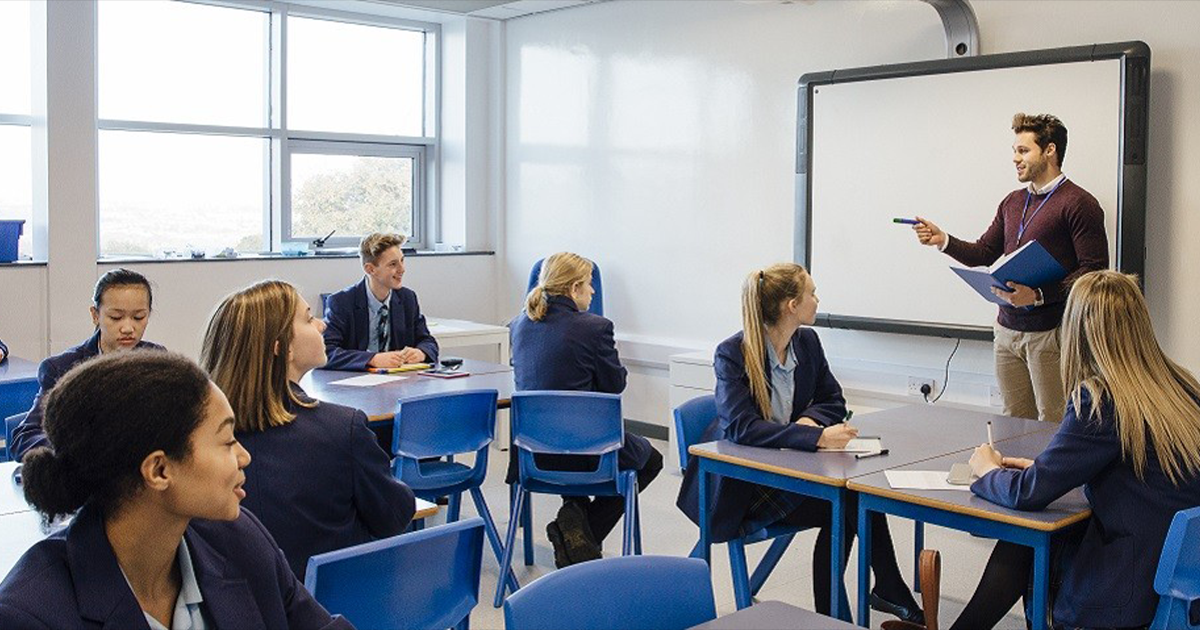Great news, parents!
You’ll be happy to know that your child enjoys one of the lowest student-to-teacher ratios in the world.
That’s according to the latest Australian Curriculum, Assessment and Reporting Authority (ACARA) report, which found that if we looked at state, Catholic and independent schools’ student-teacher rates, Aussie classrooms’ average student-to-teacher ratio is 13.3.
To clarify, according to ACARA student-teacher ratio is calculated as the number of full-time equivalent (FTE) students per FTE teaching staff.
That puts Australia ahead of Japan, Germany, France, the United States, the United Kingdom, and Mexico, and more or less on par with the OECD average (14.5 for primary and 13.3 for secondary schools).
To break it down a little further, ACARA found students in terms of student-to-teacher ratios were best off with independent schools, where there are 14 primary students to a teacher and 10.5 secondary students to a teacher.
Aussie state schools weren’t too far behind, with 14.4 primary students to a teacher and 12.4 secondary students to a teacher.
Catholic schools were found to have 15.4 primary students to a teacher and 12.2 secondary students to a teacher.
So how does that impact learning?
Studies suggest significant benefits to lower student-teacher ratios.
First off, lower student-teacher ratios provide more individualised attention, which increases engagement and participation and results in greater overall academic achievement
Smaller classes also mean students are more likely to feel comfortable voicing opinions, more likely to ask questions and more likely to make their needs known, which improves confidence, boosts self-esteem and increases independence.
But it’s not just students who benefit from smaller class sizes – lower student-teacher ratios benefit teachers, too.
By lightening the workload, teachers are not only less stressed, but able to enjoy a stronger student-teacher relationship and become more deeply involved in the learning process, increasing job satisfaction.






